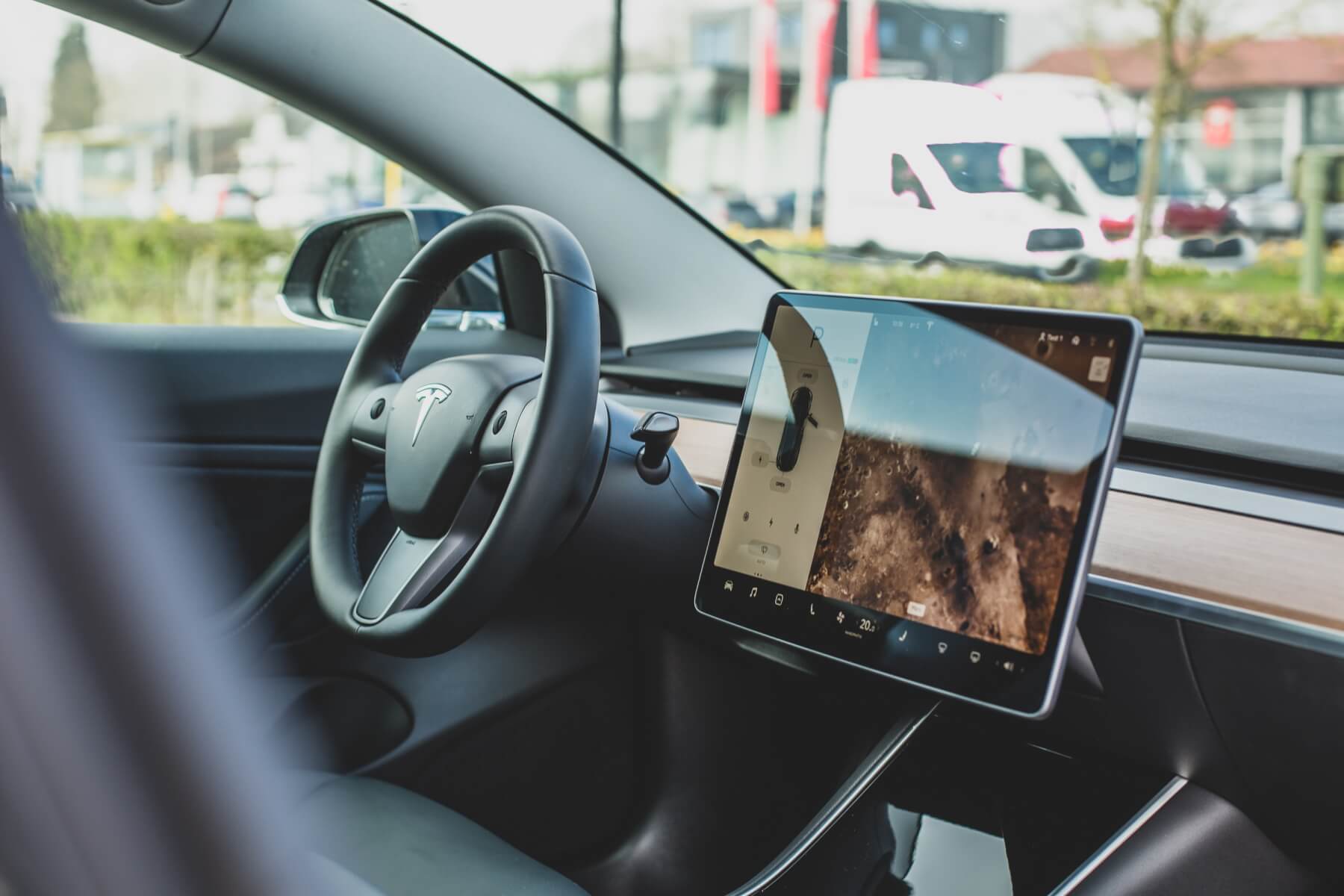As self-driving cars become more prevalent on our roads, researchers and developers are focusing on an aspect called human-machine interaction (HMI). The goal is to ensure that the communication between humans and self-driving cars is seamless, efficient, and safe. One technology gaining significance in this area is known as text-to-speech (TTS).
Text-to-speech involves converting written text into words. In the context of self-driving cars, TTS, particularly through the use of Text-to-speech API, plays a crucial role in enhancing Human-Machine Interaction (HMI) by facilitating communication between the vehicle, its passengers, and other road users. Let’s delve deeper into how text-to-speech is utilized to enhance human-machine interaction in self-driving cars.
1. Emergency Notifications: Effective Communication during Urgent Situations
An element of HMI is communication during emergency situations. In self-driving cars, TTS can be employed to swiftly and clearly communicate emergency notifications to passengers. For instance, if the vehicle detects a collision, it can promptly convey this information using spoken words or relying solely on visual cues. This immediate and explicit communication enables passengers to respond quickly and take action for their safety.
2. Sharing the Road: Improving Communication with Pedestrians and Cyclists
It is crucial to have communication with pedestrians and cyclists to ensure sharing of the road. When autonomous vehicles take over from drivers, it becomes essential for them to indicate their intentions so that pedestrians and cyclists can understand and respond appropriately. Text-to-speech (TTS) technology presents an opportunity to reinforce this communication.
By utilizing TTS, autonomous vehicles can effectively communicate their intentions, such as stopping to let pedestrians cross or making turns at intersections. This clear and audible communication enhances the confidence of pedestrians and cyclists in their interactions with vehicles, ultimately reducing the chances of accidents or misunderstandings.
3. Enhancing User Experience: Personalized and Interactive Information Delivery
In vehicles, user experience plays a role in determining how readily people accept and adopt this technology. TTS proves beneficial in enhancing user experience by providing interactive information delivery.
For instance, TTS can be employed to provide real-time updates about the vehicle’s route, estimated time of arrival, and upcoming points of interest. It also gives passengers the option to interact with the vehicle using voice commands, making the whole experience more intuitive and user-friendly.
Moreover, TTS can be utilized to offer personalized in-vehicle entertainment options, like audiobooks, podcasts, or news updates. This customization enhances the passenger’s experience by making them feel more engaged and entertained throughout their journey.
4. Overcoming Language Barriers with Communication
Effective communication across different languages and cultures is crucial in the vehicle age. Text-to-speech (TTS) technology can play a role in breaking down language barriers and facilitating communication.
By integrating TTS with translation capabilities, autonomous vehicles can offer real-time translation services. This allows passengers to communicate effortlessly with individuals who speak languages. Not only does this enhance the convenience and accessibility of autonomous vehicles, but it also promotes cultural exchange and understanding.
5. Improving Safety Awareness with Enhanced Alerts
Safety is important in vehicles, and TTS technology can enhance safety alerts for passengers. By utilizing TTS, vehicles can deliver warnings and alerts regarding road conditions, potential obstacles, or maintenance issues.
Also read: Using Engagement Software to Drive Employee Productivity
These audio alerts work alongside warnings to capture passengers’ attention effectively. By using spoken words to convey safety information, the vehicle helps drivers and passengers maintain a level of awareness and attention during their journeys – ultimately contributing to safer travels.
In conclusion, text-to-speech technology is revolutionizing the way humans interact with machines in vehicles. By enabling vehicles to promptly, clearly, and effectively communicate with passengers, pedestrians, and cyclists, TTS improves both safety and the overall user experience. Whether it involves emergency notifications sharing the road, delivering information, facilitating communication, or providing safety alerts, TTS plays a vital role in autonomous vehicle technology. It brings us closer to a future where humans and machines can seamlessly interact on our roads.
Also read: Using Engagement Software to Drive Employee Productivity
Follow TechTheLead on Google News to get the news first.



















